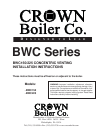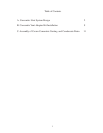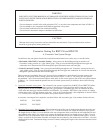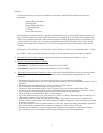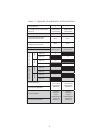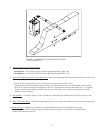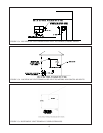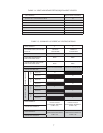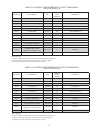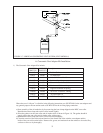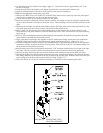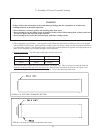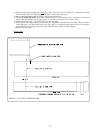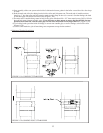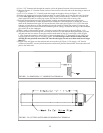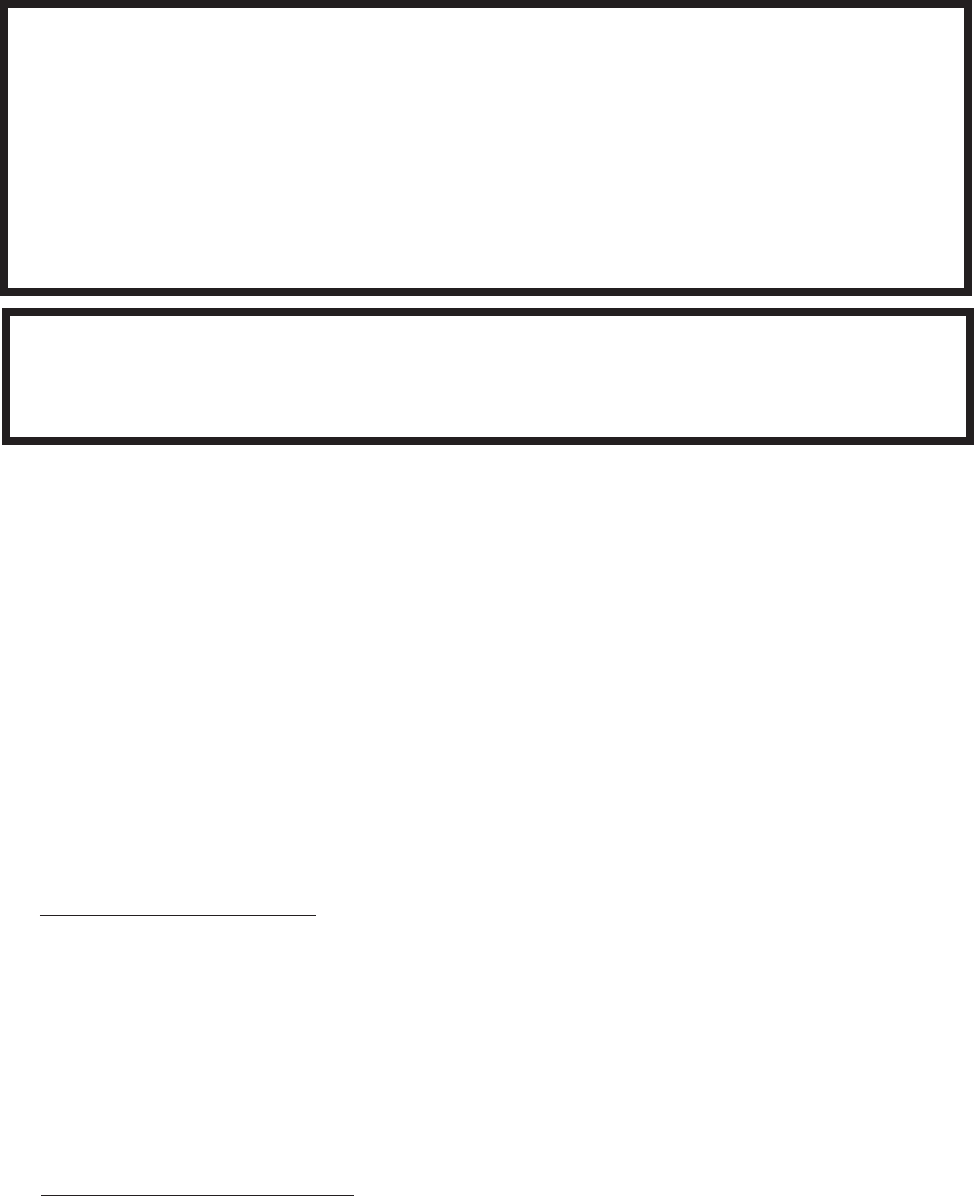
WARNING
FAILURE TO VENT THIS BOILER IN ACCORDANCE WITH THESE INSTRUCTIONS COULD CAUSE
FLUE GAS TO ENTER THE BUILDING RESULTING IN SEVERE PROPERTY DAMAGE, PERSONAL
INJURY, OR DEATH:
* Do not attempt to vent this boiler with galvanized, PVC, or any other vent components not listed in Table 1.6.
* Do not attempt to mix components from different approved vent systems.
* Do not obtain combustion air from within the building.
* Do not install a barometric damper or drafthood on this boiler.
Concentric Venting For BWC150 and BWC225
A. Concentric Vent System Design
In addition to the vent options listed in the installation manual there are two other ways to vent this boiler:
• Horizontal (“Side Wall”) Concentric Venting - Vent system exits the building through an outside wall.
Concentric venting consists of a “pipe within a pipe”. Flue gas exits the building through the inner pipe and
combustion air is drawn into the boiler through the space between the inner and outer pipe.
• Vertical Concentric Venting - Vent system exits the building through the roof. Concentric venting consists of a
“pipe within a pipe”. Flue gas exits the building through the inner pipe and combustion air is drawn into the boiler
through the space between the inner and outer pipe.
These systems are considered “direct vent” because air for combustion is drawn directly from the outdoors into
the boiler. A description of these venting options are shown in Tables 1.1 and 1.5. For clarity, the vent options
are numbered 3 and 4 for the horizontal options and 8 and 9 for the vertical options. One of the vent option columns
in Tables 1.1 or 1.5 must match the planned vent and air intake system exactly. In addition, observe the following
guidelines:
1) Approved concentric vent systems - The concentric vent system is optional for the BWC150 and BWC225 boilers.
Each Crown concentric vent component consists of an inner pipe of polypropylene and the outer pipe of steel.
Integral gaskets on each concentric fi tting provide a gas tight seal. Concentric pipe sizes are called out in terms
of the inner and outer pipe nominal diameters in millimeters. For example, “80/125mm” pipe consists of a 80mm
exhaust pipe inside a 125mm diameter outer pipe. A list of all Crown concentric vent components is shown in Table
1.6. Use only one of the approved concentric vent systems shown in Table 1.6.
A concentric vent adapter kit is required to use these boilers with concentric pipe. Part numbers for these kits are:
BWC150 P/N 230550
BWC225 P/N 230555
2) Maximum Vent and Air Intake Lengths - The maximum length of the vent air intake piping depends upon the vent
option selected and the boiler size. See Table 1.1 or 1.5 for the maximum vent length. In horizontal vent systems,
the lengths shown in Table 1.1 are in addition to the vent components which come with the Air Intake Box Kit and
one standard radius elbow. For vertical vent systems, the maximum vertical vent lengths shown in Table 1.5 are in
addition to the vent components which come with the Air Intake Box Kit and two standard radius elbows. If more
elbows are desired, the maximum allowable vent length must be reduced by the amount shown in Table 1.4 for each
additional elbow used. Termination fi ttings are never counted, although the length of the concentric terminal section
is counted.
2
CAUTION
Moisture and ice may form on the surfaces around the vent termination. To prevent deterioration, surfaces
should be in good repair (sealed, painted, etc.).



